Top Banks in Saudi Arabia
The Saudi Arabia Monetary Authority, SAMA, supervises all banks.
There are 31 banks in the Kingdom of Saudi Arabia (KSA). Eleven of these are local, and the other twenty are international. The Saudi Arabia Monetary Authority, SAMA, supervises all of them.

The KSA's central bank, SAMA, was founded in 1952. Its duties include:
-
Managing monetary policy.
-
Overseeing the financial and insurance systems.
-
Supervising banks and other financial institutions to maintain the banking system's stability.
According to investment company Al Jazira Capital, the services industry (which includes banking) makes up approximately 47% of KSA's GDP. Four of the local banks in the country held more than 57% of the sector's total assets in the first quarter of 2019.
The National Commercial Bank (NCB) held 20.5% of the market share and was the largest bank in the kingdom in terms of assets, followed by Al Rajhi Bank (16.1%), Samba Bank (10.1%), and Riyad Bank (10.1%).
The Saudi Riyal, abbreviated to SAR, is the KSA's official currency. 100 halalas make up one riyal.
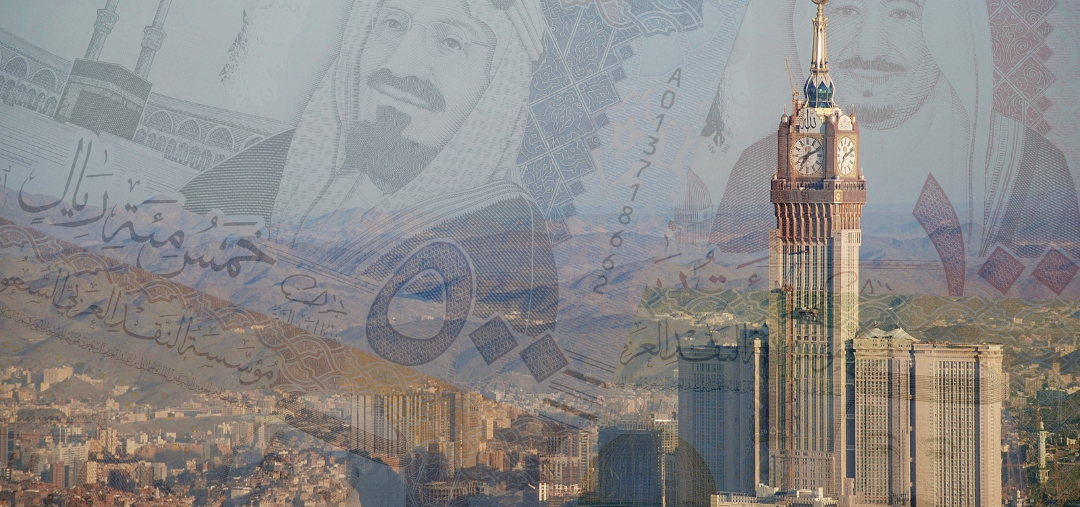
The first coins bearing the KSA's name were produced in 1935, 4 years after the official unification of the kingdom.
The initial notes, originally issued in 1953 and replaced by official banknotes in 1961, were designed for use by Hajj pilgrims. Hajj refers to the Muslim pilgrimage to the Kaaba, which is located in Mecca, Saudi Arabia.
The Riyal has been legally tied to the IMF's special drawing rights (SDRs) for over thirty-five years, but in reality, it is pegged to the US dollar. Officially, 1 USD is equivalent to 3.75 SAR; conversely, 1 SAR equals 0.266667 USD.
The top banks in the Kingdom of Saudi Arabia based on the asset under management (AUM) and revenue are:
-
Saudi National Bank
-
Saudi British Bank
-
Alinma Bank
-
Banque Saudi Francis
-
Riyad Bank
-
Al Rajhi Bank
-
Arab National Bank
Saudi National Bank
The Saudi National Bank Group, or SNB Group, is based in the KSA's capital, Riyadh. It began as the National Commercial Bank (NCB), created in December 1953. Currently, it is the largest financial group in Saudi Arabia.

SNB emerged as a prominent bank in 2021 after completing one of the largest mergers in the region between the National Commercial Bank and Samba Financial Group. SNB now has subsidiaries and affiliates in 8 countries.
Some subsidiaries offer banking and insurance services, such as the Saudi National Commercial Bank of Bahrain and Samba Islamic Banking.
Others operate in other markets, such as the Al-Mousim travel group and the Samba Real Estate Company.
The Public Investment Fund and the General Organization for Social Insurance, owned by the KSA's government, own 73%of the SNB.
Through the Public Investment Fund (PIF) of the Ministry of Finance, the government of KSA purchased a majority stake in the bank in 1999.
The SNB is very involved in helping the government achieve its goals and is particularly involved in Saudi Arabia's "Vision 2030" efforts. Therefore, SNB's strategy is closely connected with the Saudi Vision plans.
Its position as the largest institutional and specialist financer in the kingdom allows it to support historical deals and major projects, which are crucial in assisting the country's economic transformation.
The SNB's strong business model and liquidity position allow it to support trade and financial movements between the national, international, and regional markets on a local and regional level.

By the end of the first quarter of 2022, SNB forecasted an NPAT of USD 1.20 billion, an increase of around 32% above USD 900 million during the same period in the previous year.
As of 2014, the bank's shares are trading on the Saudi Arabian stock exchange.
The bank currently has 7.4 million customers, who have earned a collective SAR 9.1 billion in the first half of 2022 (USD 2.4 Billion).
The bank claims that the difference in NPAT between Q1 of FY 2022 and Q1 of FY 2021 was indicative of a 34% rise in net income.
This was brought on by an increase in total operating income and a drop in operating expenditures.
In comparison to the end of the same quarter last year, the bank's assets climbed by 54% in the current period to USD 245.18 billion.
Amounting to SAR 0.98 per share, current earnings were down from SAR 1.1 the same time the previous year. Additionally, including the net impairment charge for anticipated credit losses, overall operating expenditures rose by 52%.
Saudi British Bank
In 1950, the British Bank of the Middle East (BME) was established. This was the Saudi British Bank's predecessor, established in 1978.
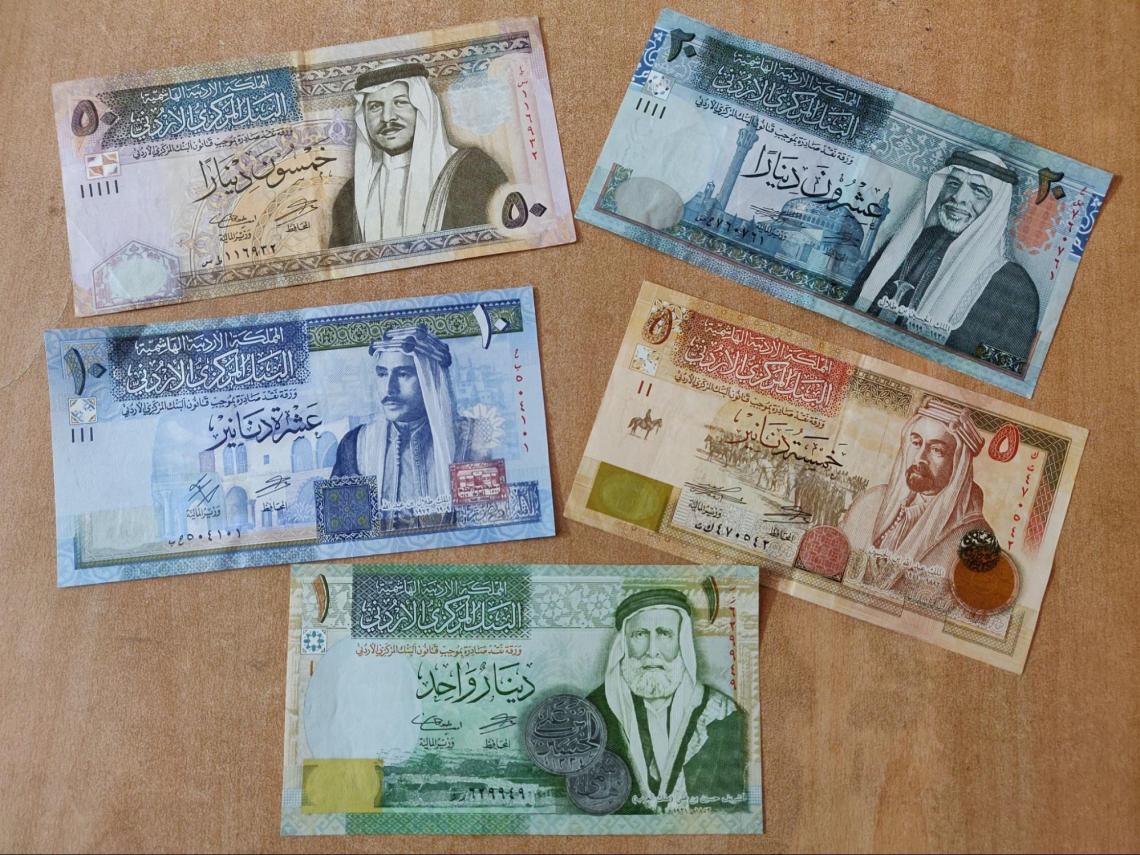
In 1959, the BBME was purchased by Hongkong and Shanghai Banking Corporation (HSBC).
To combat foreign banks' dominance of the sector and its effects on the Saudi economy, the central bank implemented its broad strategy of banking sector Saudization in 1976.
As a result, it mandated that all foreign bank branches be incorporated in KSA and set a cap on parent businesses' equity stakes at 40%.
To allow for local ownership, HSBC established a KSA branch in 1978 and changed its name to the Saudi British Bank. The license changed to 60% Saudi and 40% HSBC.
The SABB (Saudi British Bank) has recently expanded. A deal for SABB to acquire Alawwal bank was signed on May 16, 2018, and the merger was completed on June 16, 2019.

At the time, it created the third-largest bank in KSA with a market cap of $17.2 billion. As a result, Alawwal bank no longer exists.
Investment banking, commercial banking, private banking, and Islamic finance are all services SAB provides.
The Saudi British Bank made a net profit of USD 851.84 million in 2021. This is a rise of USD 1.96 billion or 176.7% over the loss of USD 1.11 billion for the same time in 2020.
Operating income for the year ending December 31, 2021, was USD 1.97 billion, down USD 250.07 million, or 10.6%, from the USD 1.34 billion operating income for the same period in 2020.
At the end of 2021, loans and advances totaled USD 44.6 billion, up USD 3.80 billion or 9.3% from the USD 40.8 billion at the end of 2020.
Deposits from customers were USD 49.7 billion at the end of 2021, down USD 820 million or 1.2% from USD 50.52 billion at the end of 2020. However, they acquired USD 1.09 billion, or 6.7%, more in investments by the end of 2021 than at the end of 2020, or USD 17.26 billion.
Assets totaled USD 72.45 billion at the end of 2021, a 1.5% decline from 73.54 billion USD at the end of 2020. Earnings per share are SAR 1.56 as opposed to SAR 2.02 for the same period the year prior.
Alinma Bank
The Saudi Arabian joint stock corporation Alinma Bank was established by royal decree, followed by a ministerial resolution in 2006.

A nominal share price of SAR 10 was used to construct the bank's share capital, totaling SAR 20 billion and 1.5 billion shares.
The Public Investment Fund (PIF), the Saudi Arabian Public Pension Agency (PPA), and the Saudi Arabian General Organization for Social Insurance (GOSI) are Alinma Bank's founding shareholders.
With equal shares, they collectively account for 30% of the bank's share capital. In April 2008, the remaining 70% of the bank's shares were put up for purchase by the general public.
Alinma offers a wide variety of Shariah-compliant retail, business, and investment banking services.
In addition to a network of branches and ATMs spread around the country, the bank also provides customer service through Alinma Internet, Alinma Phone, Alinma Mobile, and the Alinma App for mobile devices.
Alinma Bank reported a net profit of USD 465.46 million for the first half of 2022, which concluded on June 30, 2022, an increase of 29.4% over the net profit of USD 356.69 million for the same time the previous year.
Net assets climbed by 12.5% to reach USD 49.11 billion from USD 43.64 billion the year before.
As of June 30, 2022, the capital portfolio expanded by 9.7% to reach USD 34.9 billion, up from USD 31.82 billion the year early.
Consequently, net income from finance and investment rose from USD 664.51 million for the same period in the previous year to USD 724.87 million, an increase of 11.8%. Additionally, consumer deposits grew by 3.6% to USD 34.68 billion from USD 38.48 billion the year before.
The coverage ratio of non-performing loans reached 150.1% during the quarter, up significantly from 139.7% during the same period last year, which was reflected in the financial statistics.
Banque Saudi Francis
Saudi Arabian joint stock enterprise Banque Saudi Fransi (BSF) was founded in 1977 in line with a royal decree.
However, it began operations on September 5, 1989, following the relocation of the Banque de l'Indochine et de Suez functions in KSA.

Banque Saudi Fransi is a subsidiary of the Crédit Agricole Corporate and Investment Bank, the second-largest bank in France and the seventh-largest bank by total equity in the Eurozone.
This bank provides corporate, retail, commercial, and Islamic banking services.
In addition to providing brokerage services through its subsidiary Saudi Fransi Capital, the bank also offers financial services like asset management and investment funds.
Over 3,000 people work for BSF, which operates a banking network with about 120 branches throughout the Saudi Arabian Kingdom. The bank earned a profit of USD 410 million in 2020.
The bank reported an increase in total operating income of 9%, bringing Q2-2022 net profit to USD 223 million from USD 204.83 million in the prior-year quarter.
Special commissions, finance, and investment revenue totaled USD 80 million more than the same quarter a year earlier. Net special commission revenue increased by 9%, touching USD 380 million.
Riyad Bank
Founded in 1957, Riyad Bank is the fourth largest bank in the KSA regarding assets held.
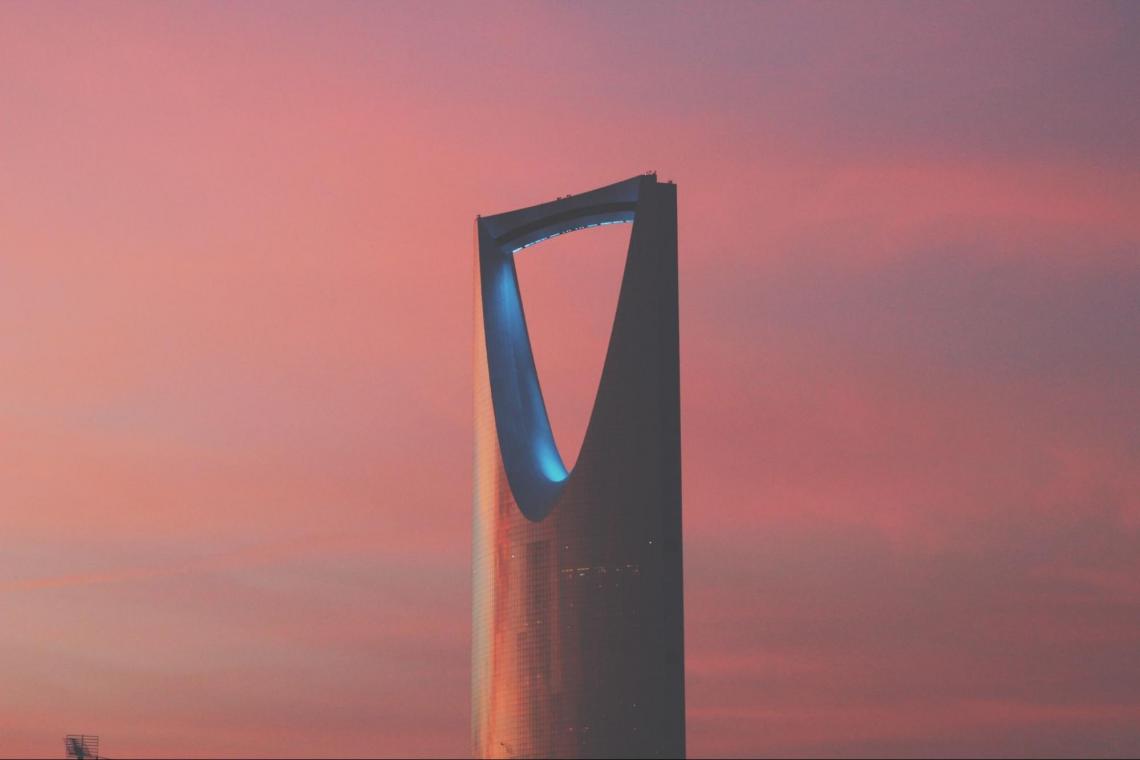
To meet the demands of retail and corporate customers, this bank offers a wide range of goods and services that are entirely compliant with Islamic Sharia; hence 51% of the company's stock is held by the Saudi government.
As a result, Riyad bank is recognized as the key lender and arranger of syndicated loans in the oil, petrochemicals, and most of the kingdom's significant infrastructure projects. In addition, it plays a leadership position in different fields of finance and investment across KSA.
The Saudi government holds 51% of the company's stock.
The country's largest lender by assets, National Commercial Bank (NCB), and Riyad Bank began planning a merger in December 2018.
If successful, it would have resulted in the creation of the largest bank in the kingdom with assets of $182 billion. But unfortunately, this was not the case, as the merger failed in 2019.
Riyad Bank also developed new payment technologies and introduced contactless wristbands in March 2018.

The bank announced that as of 2022, its net income grew by 27.8% after taxes.
Operating income increased by 3.2%, mainly due to higher fees and commissions; this includes; net profits from the sale of non-trading investments and net special commission income.
34.3% of operating efficiency was achieved, and the cost of risk decreased from 1.07% to 0.41%. As a result, net loans and advances, including consumer and business loans, increased by 13.6% to USD 57.72 billion.
To reach USD 56.39 billion, customer deposits increased by 4.3% YoY.
To reach USD 86.72 billion, total assets increased by 5.0% YoY.
Capitalization remained robust, with a Tier 1 capital adequacy ratio (CAR) of 15.8% and a total CAR of 19.0%. A favorable liquidity position with a loan-to-deposit ratio of 98.6% and a liquidity coverage ratio (LCR) of 168%.
Al Rajhi Bank
Founded in 1957, the Al Rajhi Bank is the largest Islamic bank in the world by capital. One of the richest families in KSA, the Al Rajhi family, founded the bank.
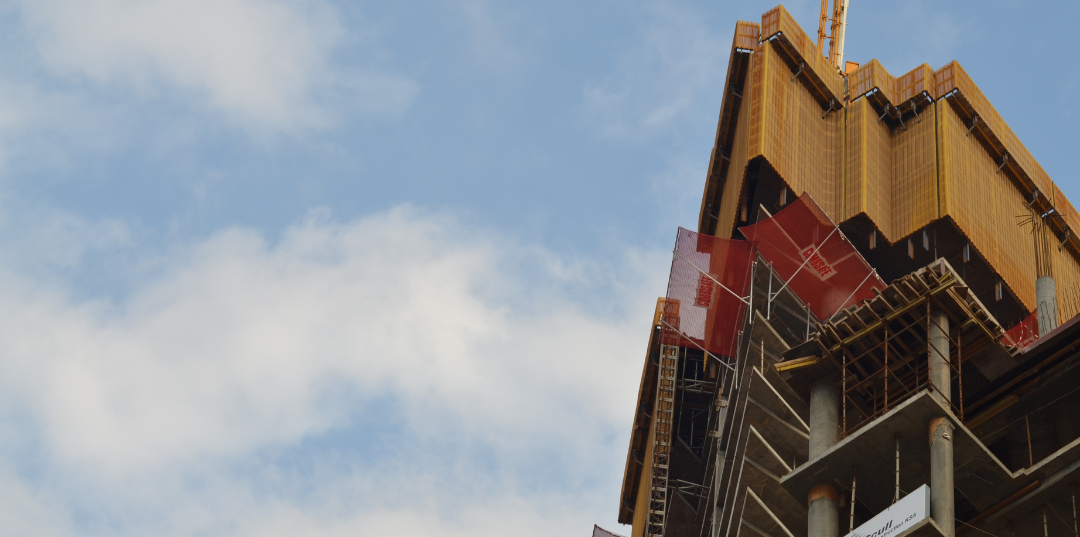
With more than SAR 330.5 billion in AUM and more than 600 branches, the bank is one of the largest joint-stock enterprises in the kingdom and a significant player in KSA's economy.
It has six regional offices in addition to its corporate office in Riyadh and more than 600 locations. In addition to having sites in Kuwait and Jordan, Al Rajhi Bank also has branches in Malaysia and Syria.
The Al Rajhi Trading and Exchange Company, which has served as the bank's umbrella organization since 1978, was originally a collection of banking and commercial businesses.
In 1987, the business converted to a joint stock corporation, and after two years, it adopted the name Al Rajhi Banking and Investment Corporation.

Around 75% of its shares are publicly owned and traded on the Saudi Arabian Stock Exchange (Tadawul). The major shareholders in the bank are members of the Al Rajhi family.
Deposits, loans, investment guidance, trading in stocks, remittances, credit cards, and consumer finance are just a few of the banking services that Al Rajhi Bank provides.
According to Islamic standards, all services are provided. As a result, the bank has garnered many accolades for its Middle East business.
Two of the eleven directors on the board are from the Al Rajhi family, Mohammed bin Abdullah Al Rajhi and Sulaiman bin Saleh Al Rajhi, and they serve as the board of directors, and Stefano Bertamini is serving as CEO.
Al Rajhi joined the government's initiatives to promote home ownership by providing mortgages partially financed by the state in September 2016, becoming the first bank in KSA to do so.
As the Saudi government implemented its broad social reform agenda and the National Transformation Programme, the bank began to diversify its revenues with plans to shift focus away from just consumer banking and towards mid-corporate and small and medium-sized enterprise (SME) businesses.
In 2016, consumer banking accounted for 70% of Al Rajhi's assets, 55%-60% percent of its revenue, and 18%of the kingdom's mortgage market.
The bank announced Strong top-line growth, and increased operational efficacy resulted in a 23.9% increase in net income. In addition, the return on equity increased by 1.3% from the previous year to 23.8%.
A 17% increase in operating income was driven by better net finance and investment income and greater banking services fees.
Operating effectiveness increased by 2.3% YoY to 25.4%. Credit quality is still solid, with a non-performing financing ratio and non-performing financing coverage ratio of 0.62% and 307.8%.
Risk cost increased 19 basis points year over year to 0.48%. From USD 120.51 to USD 129.01 billion, net financing grew by USD 8.51 billion, or 7%.
Arab National Bank
Listed on the Tadawul, the Arab National Bank (ANB) is a significant bank with headquarters in Riyadh, KSA. In fact, this nation is home to 156 of the bank's branches.
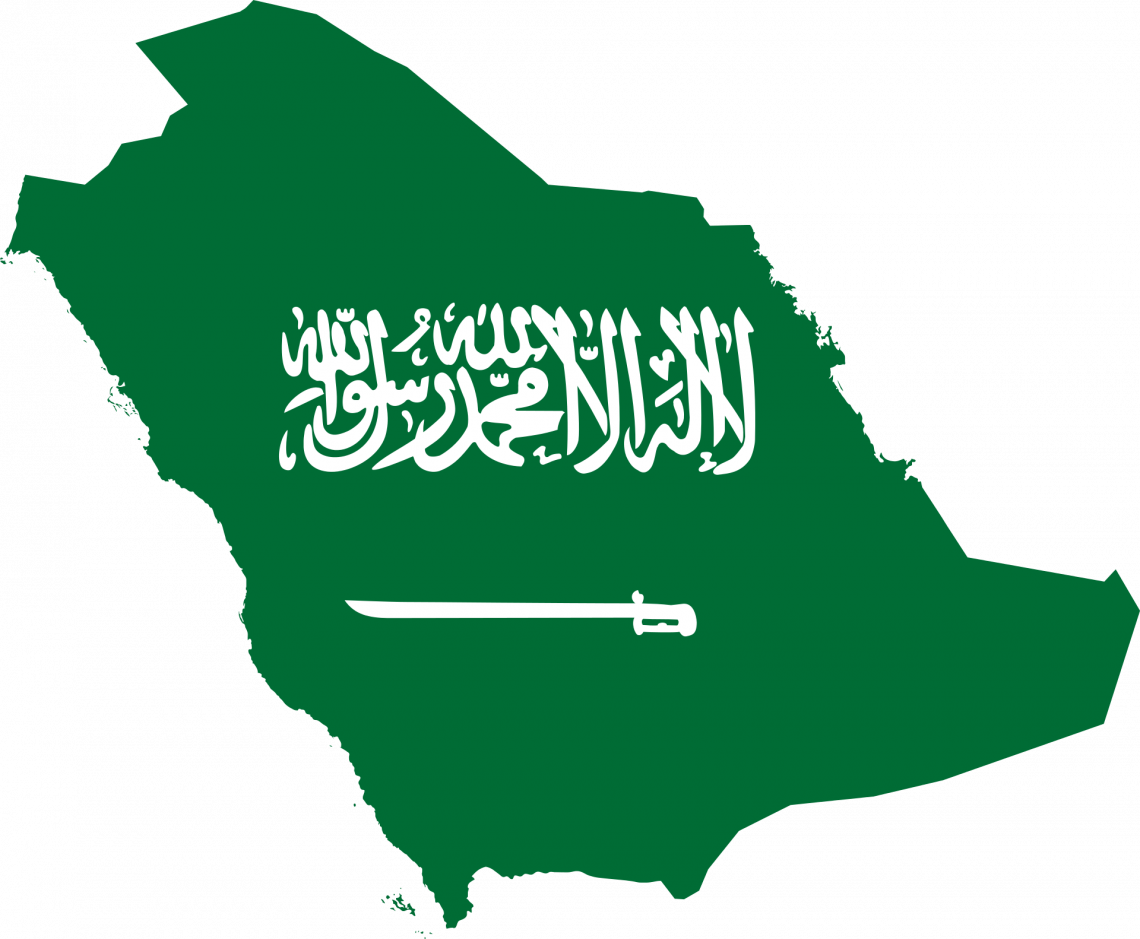
It is among the ten biggest banks in the Middle East, and Standard and Poor's has given it an "A" rating.
In 1949, the Arab National Bank (ANB) opened a branch in Jeddah, with Prince Khalid, the son of Prince Turki bin Abdulaziz, as one of the founding members.
Early on, the governments of KSA and Kuwait each acquired modest holdings in Arab Bank, amounting to around 10% apiece.
Arab Bank could not circumvent the rules prohibiting foreign ownership notwithstanding this and its pan-Arab orientation.
It handed its six branches to the newly established Arab National Bank in 1980. A service contract between Arab National and Arab Bank expired in 1988 and has not been renewed. A total of 5000 Saudi stockholders own 60% of the bank, with Arab Bank owning 40%.
The governments of KSA and Kuwait collectively owned 8% of the Arab Bank in 2002.
As of 2022, ANB earned a revenue of USD 1.7 billion, which has decreased by 5.5%, or USD 100 million.
ANB's AUM has increased by 6.65% (USD 3.2 billion) from USD 48.1 billion to USD 51.3 billion.
ANB's net profit bumped by 4.95%, going from USD 552.9 million to USD 580.3 million.
-
There are 31 banks in the Kingdom of Saudi Arabia (KSA). Eleven of these are local, and the other twenty are international.
-
Founded in 1952, the Saudi Arabia Monetary Authority (SAMA) is KSA's central bank. Its duties include:
-
Managing monetary policy.
-
Overseeing the financial and insurance systems.
-
Supervising banks and other financial institutions to maintain the banking system's stability.
-
The Saudi Arabian Riyal (SAR) has been legally tied to the IMF's special drawing rights (SDRs) for over thirty-five years.
-
Officially, 1 USD is equivalent to 3.75 SAR; conversely, 1 SAR equals 0.266667 USD.
-
The top banks in the Kingdom of Saudi Arabia based on AUM and revenue are:
- Saudi National Bank
- Saudi British Bank
- Alinma Bank
- Banque Saudi Fransi
- Riyad Bank
- Al Rajhi Bank
- Arab National Bank




or Want to Sign up with your social account?